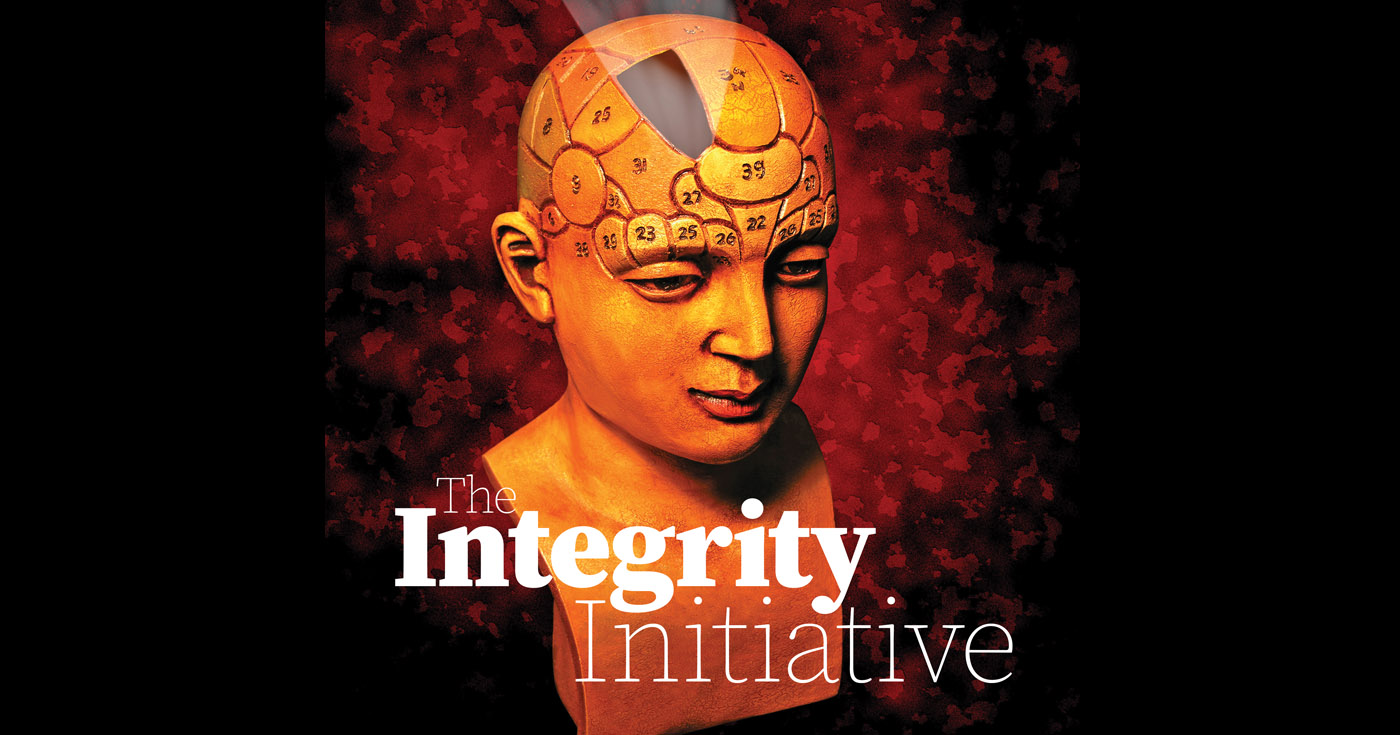The latest report on the topic from the Organisation for Economic Co-operation and Development (OECD) paints a dismal picture on global obesity. Some of the numbers are amazing.
From the report: “The prevalence of obesity doubled in 73 countries between 1980 and 2015 and continuously increased in most of the other countries. In 2015 an estimated 603.7 million adults and 107.7 million children worldwide were obese. That represents about 12 percent of all adults and 5 percent of all children. China and India had the highest number of obese children. China and the US had the highest number of obese adults”.
The average rate of obesity for these OECD countries was 19 percent of all adults. But in certain countries the average rate of obesity was astronomic. In the US, obese adults—those approximately 30 pounds over normal weight for height and age—were 38 percent of the population. Interestingly, Japan and Korea were both about 5 percent and Italy and Switzerland was about 10 percent.
The report notes that obesity is more prevalent in all countries within the higher economic groups. But even in those countries of less economic wealth like Mexico and South Africa, obesity is a problem at 32 and 26 percent, respectively.
In an attempt to address the potential problem here in the Philippines, Congress is looking to pass an excise tax on sugary drinks to help discourage their use. Sugar-sweetened beverages will be levied an excise tax of P10 per liter of volume capacity. Sweetened milk, tea and coffee beverages will also be affected by the proposed excise tax with price increases.
Powered juice and iced tea sachets to make 1 liter of juice would potentially increase from P9 to P20. One liter of softdrinks would see an increase from P16 to P25. The price of a sachet of 3-in-1 coffee could go from P5 to P8. Note that these are only estimates depending on the final numbers if the law is passed.
The question is, while the goal of reducing obesity may be laudable, is this a sensible solution?
Obesity in the Philippines is a much greater problem among the higher economic classes. But estimates on the impact of the higher prices would seem to affect the lower economic groups more by a wide margin. Survey company AC-Nielsen estimates that 80 percent of the beverages covered by the new tax is consumed by those considered low-income workers.
However, perhaps the most interesting fact that may make this law an economic burden rather than a health benefit is that per-capita sugar consumption in the Philippines peaked in 1996 and has been going down since then. It stabilized in 2010 at 1988 levels. In other words, sugar consumption is not rising.
Further, compared to the rest of the world, sugar consumption in the Philippines is low. The average American eats 126 grams of sugar per day. In Japan the number is 56 grams. Brazilians consume 47 grams of sugar from all sources. Yet, Filipinos are among the lowest sugar consumers in the world at only 22 grams per day. This data is from the market research company Euromonitor International. And, interestingly, while China has a very high child obesity rate, the daily per-capita consumption of sugar is a low 15 grams.
Is the new tax an effort to advance the health of the Filipino? Or is it just another way to promote increased tax revenue for the government and this time at the expense of the lower economic groups?



























2 comments
This editorial is flawed for the following reasons:
1. It does not state how much will be the additional take home pay of a low income earner when the CTRP is passed.
2. If you look at the present tax table. Anyone making 250K per annum is taxed at slightly above 50K. Or about 4,100 per month
3. Under proposed tax table. Everyone who makes 250 per year will no longer have to pay any tax. Which means the salaried worker will be 4,100 richer every month.
4. This report does not say how much is the consumption per low income worker per month.
5. The absolute increase in coffee, softdrinks, juice drinks is very small compared to the absolute value of 4k per month.
6. Lastly, the 4k per month will be received monthly. The consumption of the coffee, softdrinks, etc are discretionary.
7. Which means people will have the choice to spend. And if they decide to spend they have more money to spend.
I believe that the poor Filipinos is going to be poorer and the rich is going to be richer!
80% of the Philippines is in Poverty line. These people don’t have problems with obesity and diabetes! These people don’t have the capacity to pay extra on top of what they are paying now! If they keep pursuing this plan.. magkakagulo talaga in the end!